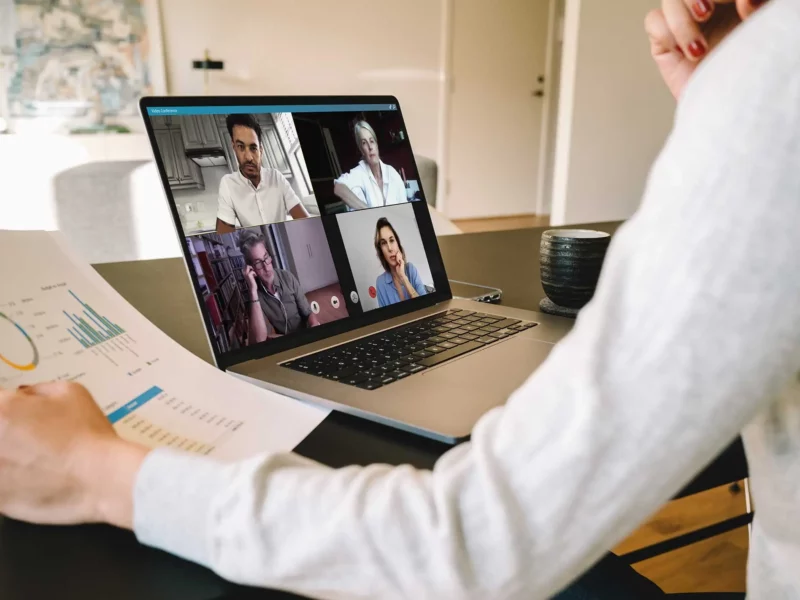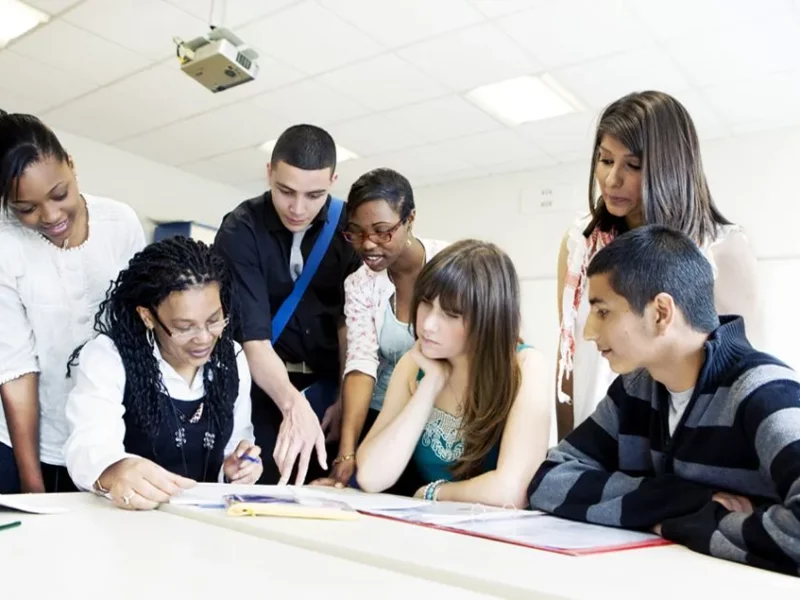
In today’s educational landscape, achieving optimal learning outcomes requires more than just delivering lectures. Evidence-based classroom strategies play a crucial role in unlocking students’ potential for success. In this blog post, we will explore a range of proven techniques that educators can employ to create engaging and effective learning environments.
1. Understanding the Learning Process
Learning is a complex interplay of cognitive and psychological factors. Recognizing individual learning styles helps tailor teaching methods to student needs. Motivation, engagement, and self-directed learning empower students to take ownership of their education.
2. Creating a Positive Learning Environment
A positive classroom environment significantly impacts student performance. Strategies such as encouraging open communication, promoting inclusivity, and setting clear expectations foster an atmosphere where students feel comfortable to learn and express themselves.
3. Incorporating Active Learning Techniques
Active learning shifts students from passive recipients to active participants. Group discussions, problem-solving activities, and case studies encourage critical thinking and collaborative skills, leading to better comprehension and retention.
4. Leveraging Technology for Enhanced Learning
Integrating technology can enhance learning experiences. Interactive tools, multimedia resources, and online platforms enable educators to engage tech-savvy students effectively while maintaining a balance with traditional teaching methods.
5. Differentiated Instruction
Recognizing diverse learning needs is key to effective teaching. Differentiated instruction involves tailoring content, teaching methods, and assessments to accommodate various learning styles, abilities, and interests.
6. Effective Assessment and Feedback
Assessment should be a tool for growth. Formative assessments provide ongoing insights, while timely feedback guides students’ improvement. This approach transforms assessment into a learning opportunity.
7. Cultivating Critical Thinking and Problem-Solving Skills
Critical thinking is a foundational skill for success in the modern world. Encouraging analytical thinking, questioning assumptions, and solving real-world problems equips students with essential life skills.
8. Fostering Collaborative Learning
Collaboration prepares students for teamwork in their future endeavors. Group activities and projects develop communication skills, empathy, and the ability to work harmoniously in diverse teams.
9. Addressing Diverse Learning Needs
Inclusivity and diversity are fundamental in education. Teachers can implement strategies such as Universal Design for Learning (UDL) and culturally responsive teaching to ensure every student’s needs are met.
10. Continuous Professional Development for Educators
Educators play a central role in implementing these strategies. Continuous professional development through workshops, conferences, and staying updated with pedagogical research ensures that educators are equipped with the latest tools and techniques.
Conclusion
Unlocking success in the classroom requires a multifaceted approach. By understanding the learning process, creating a positive environment, and incorporating active learning, educators can tap into students’ potential. Leveraging technology, differentiated instruction, and fostering critical thinking further enhance the learning journey. Embracing collaboration, addressing diverse needs, and engaging in continuous professional development solidify the foundation for optimal learning outcomes. As educators adopt and adapt these evidence-based strategies, they pave the way for students to thrive academically and beyond.



